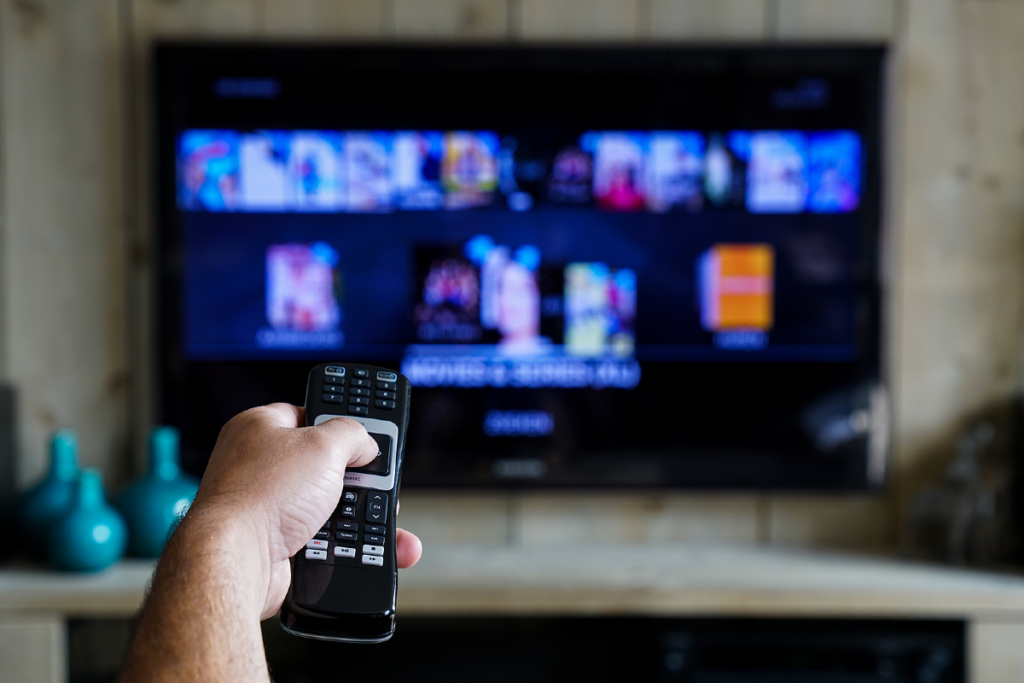
If the last two plus years have taught us anything it’s that we love our screens. Add it all up and the average American will effectively spend decades in front of a screen.
Surprising? Not really. Screens are everywhere: On our phones, at work, in our vehicles and on our wrists. And now that the pandemic lockdowns are gone and Americans are venturing out again, we still rely on all our screens more than ever.
Any company can benefit from a multiscreen approach, but let’s examine organizations in healthcare as an example. Many healthcare companies, individual hospitals, and groups have taken notice of consumers’ increased use of multiple screens. As a result, taking a multiscreen approach, especially the addition of streaming, is now a standard part of all major healthcare marketers’ mix. In the early days of the pandemic, the marketing messages on those screens were primarily focused on COVID safety, vaccines and supporting frontline workers; today, the messages focus on individual health.
A prescription for multiscreen success
The most imaginative healthcare brands are doing some truly remarkable things. They’re using multiple platforms and screens — and data — to understand consumers who are particularly invested in their own healthcare and likely to engage more intensively and repeatedly. And they’re seeing some truly interesting results.
For example, some of the major hospitals in the New York area are venturing into multiscreen and cross-platform, whether it’s linear TV, streaming, or online, to shift consumers from pandemic-thinking (where do I go for COVID testing or care) to personal health (time to get checked out and catch up on deferred maintenance). For some hospitals, the marketing messages are all about specialties, whether illness-related or purely health and wellness branding. If a hospital or service has won awards or is highly ranked, that’s part of the message, too.
Several healthcare brands and hospitals are touting their own technology advances and cutting-edge surgeries, as well new services, such as home health visits. At the end of 2022, providers also spotlighted open enrollment messages.
But the biggest innovation and change we’ve seen is the way these companies, hospitals and groups are using data to find highly motivated and experienced consumers. With the power of audience targeting, they can find people who are extremely proactive about how they deal with healthcare. These healthcare organizations can then deliver a highly targeted spot in those households and use a generic branding spot for the remainder of the inventory for a less targeted audience.
One large healthcare facility is using data to target women’s health for younger audiences, and hip and joint and other specialties for audiences with different demographics. And, they‘re able to do that across all screens: linear TV, streaming services, video on demand, news and more.
These organizations are also able to take a highly targeted geographic approach. For instance, one large hospital system was able to drive foot traffic for blood drives during a blood shortage in certain geographic areas. Plus, regional hospitals that are under a bigger umbrella can have creative that runs just in a specific area. And they can use that same approach to feature patients and doctors in ads that are local to an area, as well.
Multiscreen + data = a cure for common marketing
By diversifying their media budget and messages across screens, healthcare companies, hospitals and providers are now able to reach a much broader audience than through just linear TV alone — and that integrated approach bodes well for continued overall growth. The US healthcare advertising market reached a value of US$ 21.3 Billion in 2021, according to IMARC Group’s “US Healthcare Advertising Market: Industry Trends, Share, Size, Growth, Opportunity and Forecast 2022-2027.”
Using audience data in interesting new ways is enabling healthcare companies to truly tap the promise of a multichannel marketing mix — within an ecosystem that shows all signs of thriving. Organizations in other industries that adopt and adopt their approaches will see the health of their own marketing performance improve.
About the Author

As vice president of regional sales for the NY Interconnect (NYI), Michael Minardi leads the execution of highly successful media strategies, managing the assignments of accounts, agencies and prospects, while ensuring that both individual and team goals are consistently met.
Michael brings with him nearly 20 years’ experience in the telecom industry. He is well-versed in working alongside high-profile clients on large-scale campaigns that drive engagement and revenue, while using best-in-class multiscreen advertising solutions.
Prior to being named to his current position, Michael served as account executive for Cablevision (and former NY Interconnect). Throughout this 17-year run with the company, he was tasked with selling targeted TV campaigns, including traditional linear and addressable. He received his B.A. from St. Bonaventure University.








